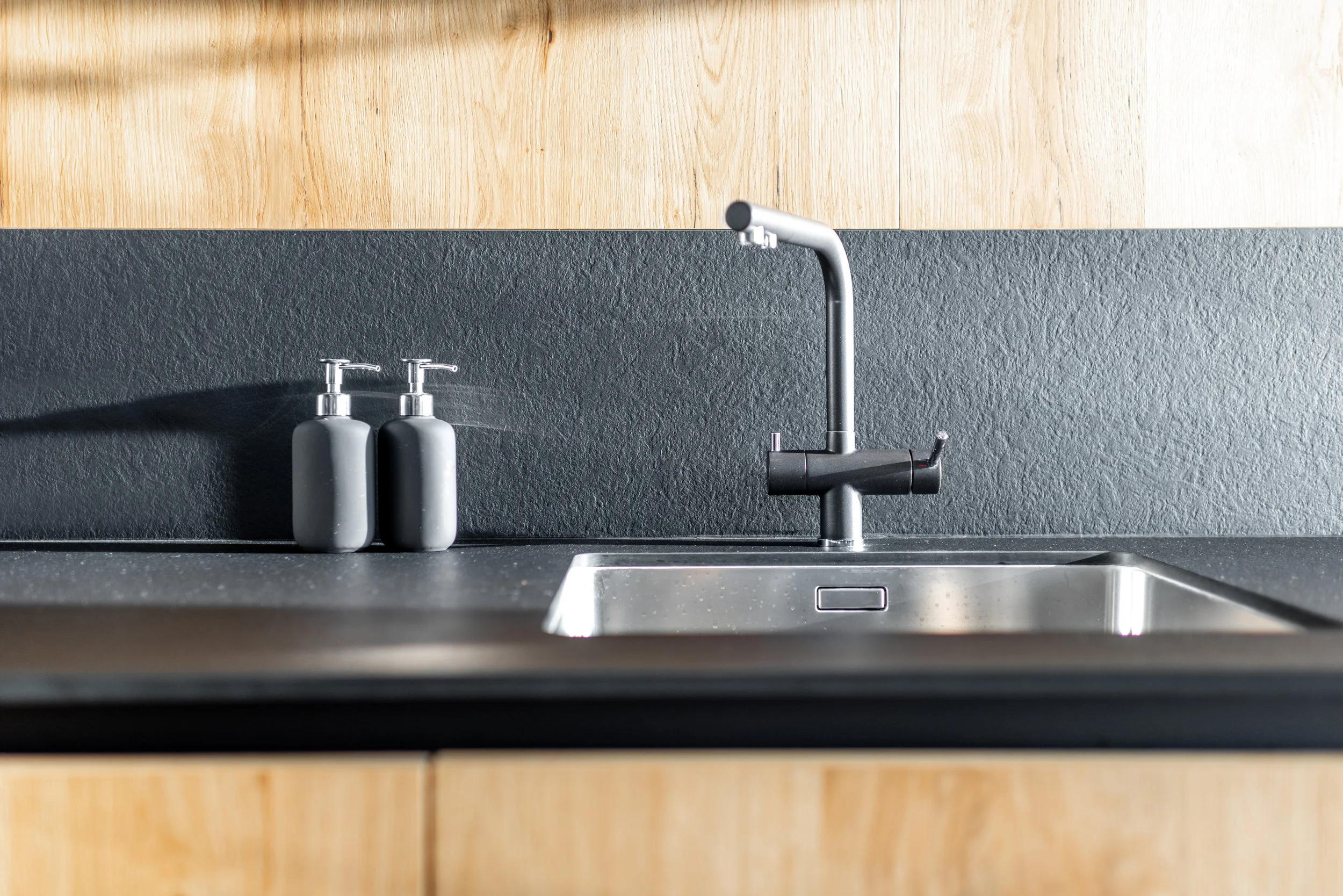How To Replace Your Kitchen Faucet
Whether your kitchen is undergoing a major renovation or you just have a fixture that is outdated and not working properly, replacing your kitchen faucet is one of the most popular DIY projects. However, while it can be a relatively easy job, it can also have its share of difficulties. If you are preparing to replace your kitchen faucet, here's how to do it with as few problems as possible.
Choose Your Replacement Faucet
If you want your replacement job to go smoothly, choose a replacement faucet that is exactly like your current faucet, or at least as close as possible. By doing so, your replacement simply becomes a matter of seeing how your current faucet is connected and doing what's already been done.
Shut Off the Water Valves
After choosing your replacement faucet, shut off the water valves underneath the sink. If they are stuck or rusted, you can use the heat from a hair dryer to loosen them or spray some WD-40 on them to get them loose. If for any reason all your efforts to get the valves loose don't work or you have a water line that begins to leak, don't hesitate to call in professional plumbers to finish the job.
Remove the Old Faucet
Assuming all has gone well and your kitchen is not flooded, it's time to remove the old faucet. This can be done by loosening the bolts that hold the faucet in place, which can be found underneath the sink. But like the water valves, the bolts can also be rusted or stuck, so be prepared to have an adjustable wrench to work them loose.
Place the New Faucet on the Sink
After removing the old faucet, place the new faucet on the sink into the holes where your old faucet was located. If you are using a new faucet that is not designed for a three-hole sink, you will need to install an escutcheon plate over the extra holes and make sure it is watertight. Once everything is in place, tighten the nuts and bolts until it is secure.
Reconnect the Water Supply
Finally, reconnect the water supply to the faucet and turn it on to see if everything works as expected. Since there may be some initial leaks, turn on the water gently. Once you're satisfied with your work, tighten the connections a final time and apply some caulking around the faucet's edges.
Should You Hire A Pro?
In most cases, people should hire a professional plumber instead of doing it themselves. In addition to the likelihood of breaking something and the challenges of fitting new faucets to your current system, plumbers will also take care of cleaning up after everything is done. That way you don’t have to worry about disposing of your old faucet or cleaning up any water that got around the area.
Once you conquer this DIY project and all goes well, you may be on your way to doing a few more projects around the house.


